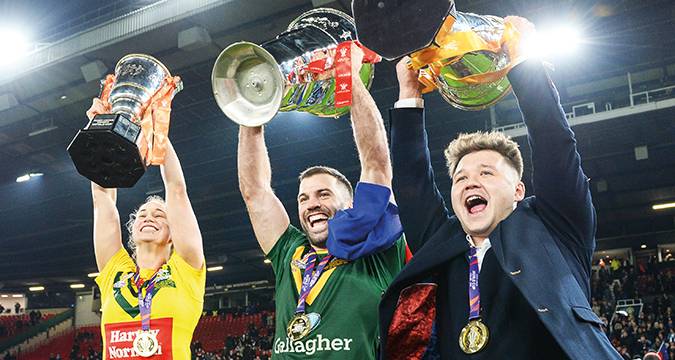 With RLWC2021 done and dusted, League Express reporter STEPHEN IBBETSON considers the potential legacy of the men's, women's and wheelchair tournaments.
MEN
If the World Cup has achieved one thing, it is to reinforce that international Rugby League is the best way to grow the game to new supporters and new markets.
IMG said as much when th
With RLWC2021 done and dusted, League Express reporter STEPHEN IBBETSON considers the potential legacy of the men's, women's and wheelchair tournaments.
MEN
If the World Cup has achieved one thing, it is to reinforce that international Rugby League is the best way to grow the game to new supporters and new markets.
IMG said as much when th What will be the legacy of the men’s, women’s and wheelchair World Cup tournaments?
 With RLWC2021 done and dusted, League Express reporter STEPHEN IBBETSON considers the potential legacy of the men's, women's and wheelchair tournaments.
MEN
If the World Cup has achieved one thing, it is to reinforce that international Rugby League is the best way to grow the game to new supporters and new markets.
IMG said as much when th
With RLWC2021 done and dusted, League Express reporter STEPHEN IBBETSON considers the potential legacy of the men's, women's and wheelchair tournaments.
MEN
If the World Cup has achieved one thing, it is to reinforce that international Rugby League is the best way to grow the game to new supporters and new markets.
IMG said as much when th 